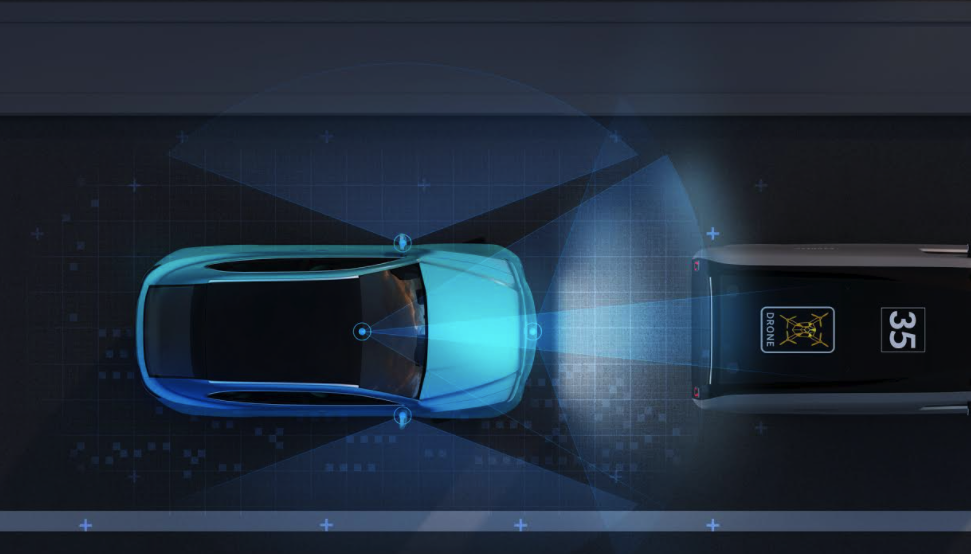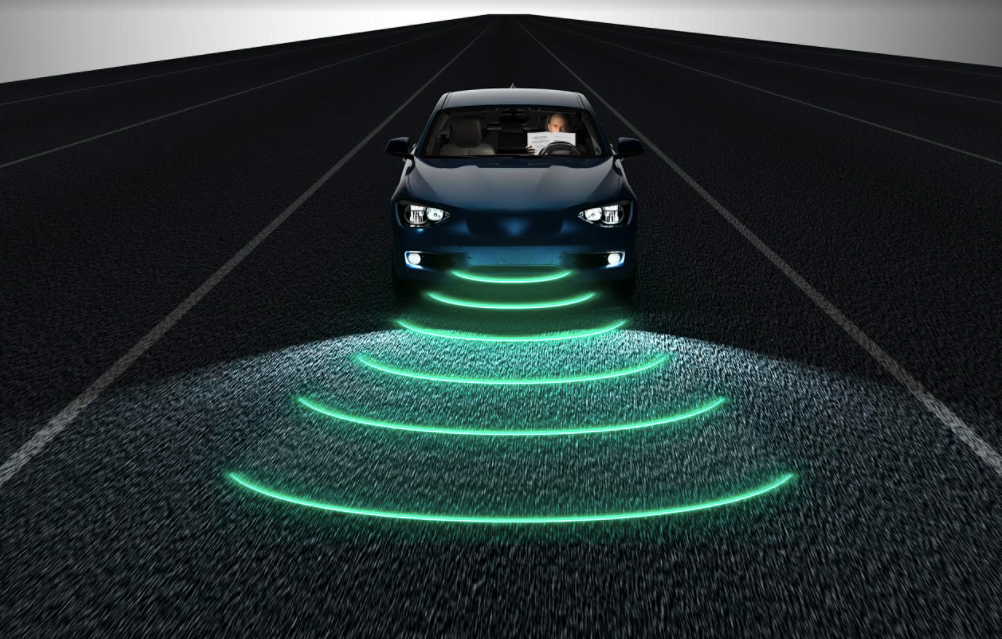Students at Auto Mechanic School, Here’s How Automatic Braking Technology Actually Works

For any vehicle, automatic braking technology is a useful extra layer of security. While driving, this type of braking system prevents drivers from colliding with any obstacles by automatically stopping or slowing the vehicle. Although it won’t necessarily guarantee the driver doesn’t end up in a car accident, it can go a long way in preventing such an event—or at least mitigating the damage from an unavoidable collision.
Auto braking technology has been a staple standard safety feature in the automotive industry for the past decade and a half. But how do these systems accomplish the task they’re designed for? Here’s what auto mechanic students should know about the technology.
How Exactly Does Automatic Braking Technology Work?
Automatic braking technology works thanks to a series of cameras and sensors built into the vehicle. Once the system detects the driver coming too close to an obstacle, it pumps the brakes automatically. Obstacles can include cyclists, pedestrians, inanimate objects, or wildlife. This technology acts as an extra layer of safety if the driver isn’t being proactive enough to avoid the obstacle by themselves. However, it’s worth remembering that automatic braking technology in some cars may only be designed to watch for other cars, and not pedestrians.

What Students Enrolled in Auto Mechanic School Should Know About the System Parts
Students in auto mechanic courses will surely be interested in understanding which parts of the vehicle make automatic braking technology possible. Usually this technology functions thanks to sensors, cameras, and/or radars. Any one of these systems will activate the braking technology in order to save the driver from oncoming danger. These parts can often be found in specific parts of the car, such as the air vents or the front grille. As long as there are no elements such as snow, rain, or darkness obstructing its view, emergency braking can be applied to help prevent the driver from a catastrophic situation. This technology often works in tandem with a forward collision warning system, where a signal or sound alerts the driver to possible hazards.

Other Points to Know About Automatic Braking Technology
While automatic emergency braking provides drivers with a useful extra line of defence, it’s important to note that the system can at times also be liable to braking suddenly without the presence of an obstacle. This is known as a “false positive.” Still, when applied correctly, the system acts to eliminate the split-second difference between safety and a collision. Another fact students in auto mechanic school should be aware of is that if the driver isn’t hitting the brakes forcefully enough, the auto braking system kicks in to apply added pressure onto the brakes to ensure the vehicle stops at the right time. While not designed to act as a substitute to drivers paying attention to their surroundings and braking when necessary, automatic braking technology is certainly a nice addition to a vehicle for keeping extra safe on the road.
Want to start your auto tech technician training in Vancouver?
Contact Automotive Training Centres for more information!

